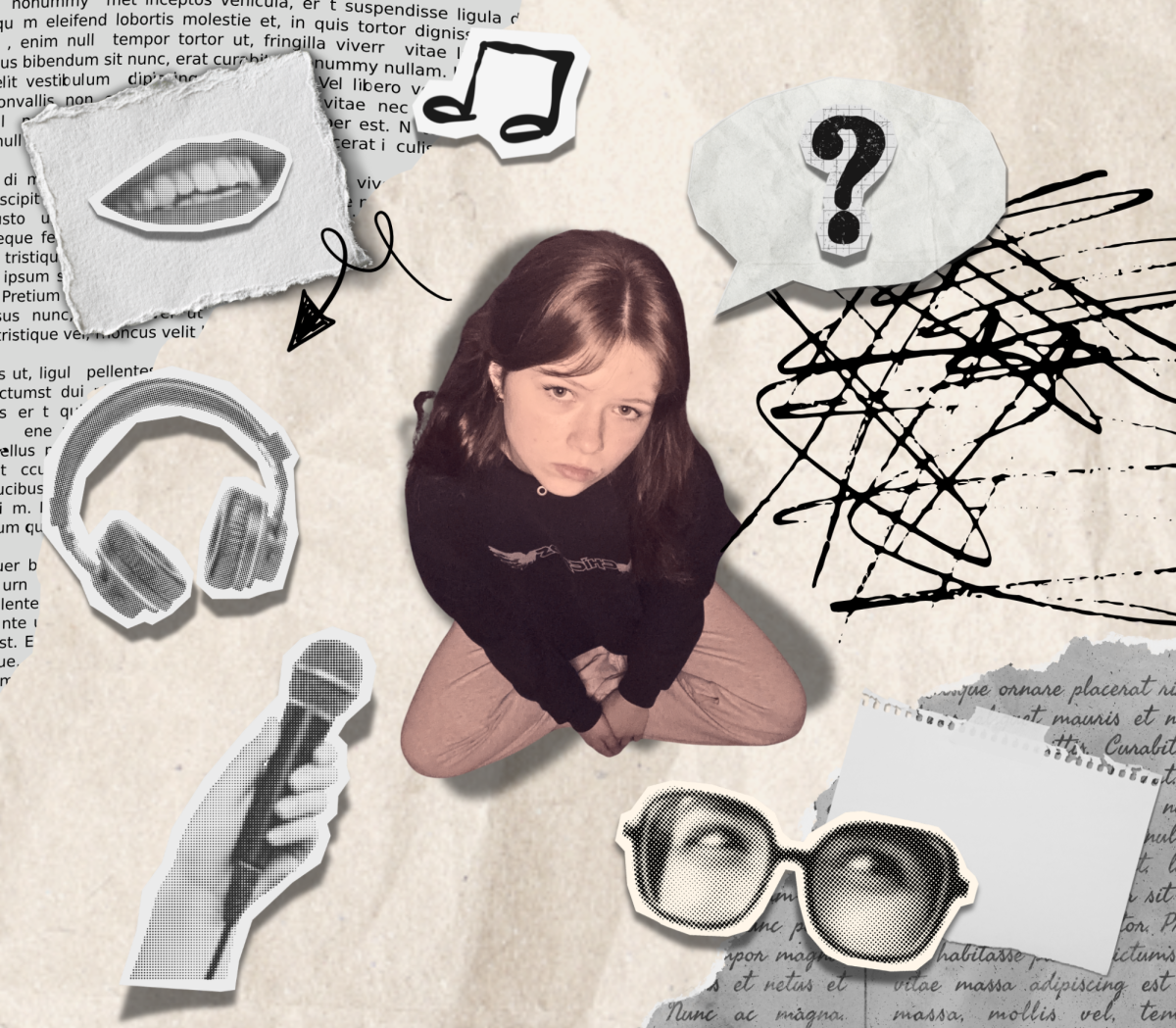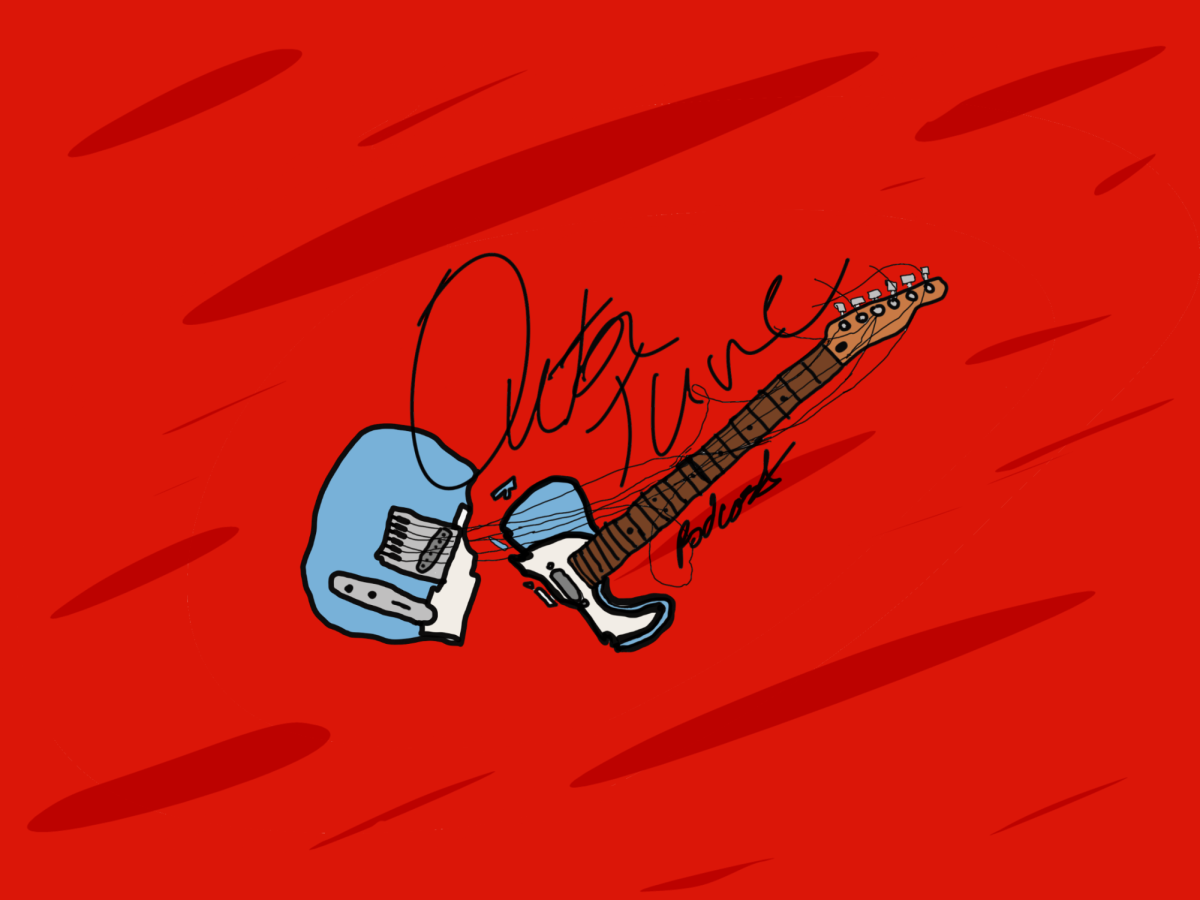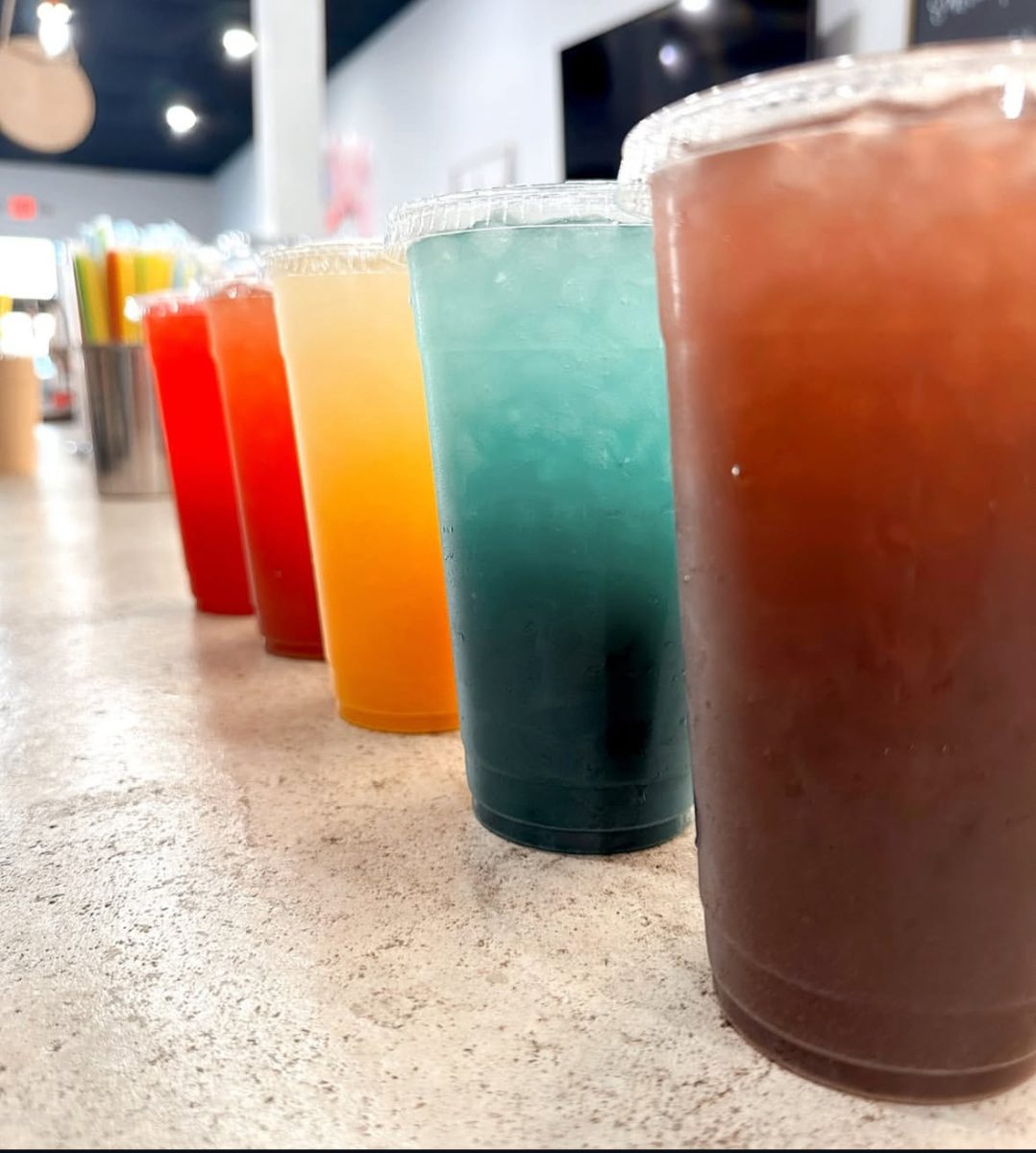Lately, studying has felt like a chore—using the same repetitive techniques to memorize material. However, while scrolling on TikTok, I came across a “study hack”: chewing a specific flavored gum while studying a topic and then chewing the same flavor during the test. That got me thinking: what are some other bizarre yet effective study methods? To find out, I tested a few unconventional techniques with a group of friends. Here are the weirdest and most effective ones we discovered.

5) Be the Teacher
Ever wanted to unleash your inner TED Talk speaker? Now’s your chance! Stand in front of a mirror, grab a fake microphone (or a hairbrush, there’s no judgement), and explain your study material as if you’re the world’s leading expert. Bonus points if you dress the part with a blazer or glasses. Teaching forces you to organize information, simplify concepts, and fill in gaps in your understanding.
My group used this method to study for history. Standing in front of an audience (even if it’s just your mirror) really tests what you know off the top of your head. We found when friends ask questions, it pushes you to explain concepts comprehensively, reinforcing your understanding.
This works because of The Protégé Effect—when you teach someone else, your brain processes the information more deeply, making it stick. Studies show that retrieving and explaining concepts strengthens neural connections, meaning you’ll remember them better when it counts.
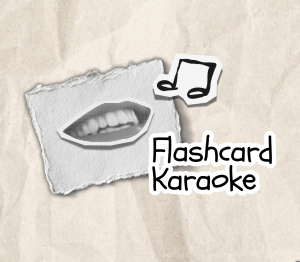
4) Flashcard Karaoke
If memorization bores you to tears, it’s time to turn your notes into a jam session. Take key concepts, set them to the tune of your favorite song, and sing them like you’re a headlining artist. It might sound ridiculous, but music has built-in memory hooks—our brains are wired to recall lyrics effortlessly.
Though it felt silly at first, we found that singing the material helped us actively retain information rather than mindlessly rereading it.
This works because rhythm and melody create patterns in the brain, making recall easier. Plus, music activates multiple areas of the brain at once, giving your memory an extra boost. Studies even suggest that engaging with music can enhance overall cognitive function—so go ahead and make that study playlist.
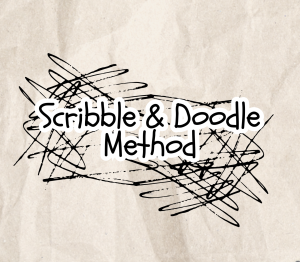
3) Scribble & Doodle Method
Forget neat, color-coded notes—grab a pen and let your brain go wild. Scribble random shapes, draw goofy stick figures, or create chaotic mind maps while studying. The goal? Trick your brain into staying engaged without even realizing it.
Normally, I take notes but never look back at them. So why should I write anything comprehensible? Instead, I watched a review video while mindlessly scribbling down words. Oddly enough, I felt like I was actively taking these so called “notes”—without actually writing down readable points.
This works because of Dual Coding Theory—when you pair words with visuals, your brain stores the information in two different ways, making it easier to recall. Doodling also prevents your mind from wandering, which means better focus and deeper retention.

2) Sticky Note Wall of Chaos
Turn your study space into a detective’s investigation board. Write key facts on sticky notes and scatter them across a wall, your desk, or even your bathroom mirror. Then, challenge yourself to rearrange them logically—without peeking at your notes.
My group and I labeled vocabulary terms on sticky notes and tried to connect them in different ways. This made us recall specific facts about the vocabulary, eventually making it a competition of who could create the most niche groups.
This works because of multi-sensory learning—engaging sight, touch, and movement helps cement information in your memory. Studies show that humans naturally remember locations and arrangements, which is why we often recall where we left our keys but forget what we just read in a textbook.
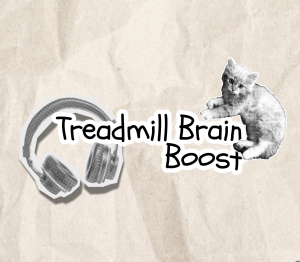
1) Treadmill Brain Boost
Why sit still when you can power-walk your way to a better grade? Hop on a treadmill, pace around your room, or march in place while studying. Movement wakes up your brain, boosting information absorption.
When I proposed this to the group, I got the meanest collective side-eye. Who studies while running? However, when I switched listening to music on my jog with playing a podcast episode (related to what I was studying), I could recall everything it covered…and where I was when I heard each point. Weird right?
This works because movement increases blood flow to the brain, delivering oxygen and nutrients that improve focus and memory. Exercise also releases proteins that help grow new brain cells, keeping your mind sharp and engaged.
Studying doesn’t have to be a painful, monotonous experience. These weird, science-backed techniques prove that a little creativity (and maybe some karaoke) can go a long way. By engaging multiple senses, activating retrieval pathways, and making studying more fun, you’re actually hacking your brain for better retention. So why not ditch the highlighters and try something weird? The results may surprise you.

